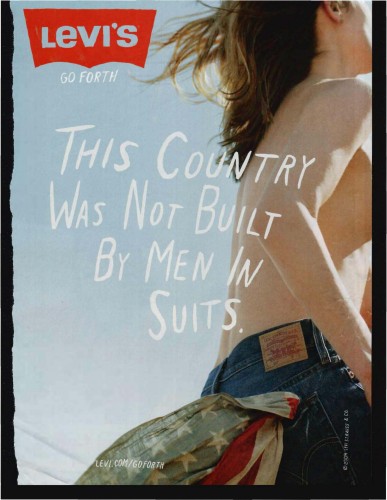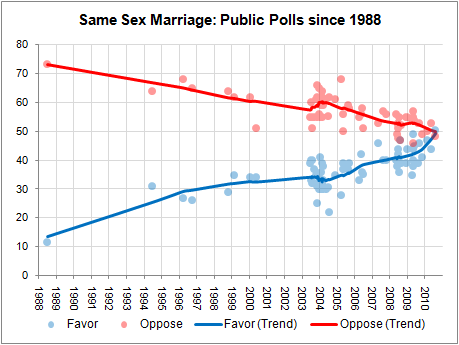Etan B. sent in an interesting case of both stereotyping women (generally as annoying) and interpreting everything they do through the lens of gender difference. Dan Steinberg posted an article on D.C. Sports Blog, a blog of the Washington Post, about comments yesterday by Rob Dibble, a sports commentator for Fox News and for the D.C. baseball team the Nationals on the Mid-Atlantic Sports Network channel during televised games. Dibble was apparently fascinated by the fact that a group of women attended the game and, like, talked and stuff. Here are the women to whom he repeatedly referred (he’s also the one who circled them on the screen so viewers could clearly see them):

Steinberg transcribed some of Dibble’s comments:
Those ladies right behind there, they haven’t stopped talking the whole game…They have some conversation going on. Right here…There must be a sale tomorrow going on here or something….Their husbands are going man, don’t bring your wife next time.
Then:
…now they’re back there, they’re eating ice cream and talking at the same time…
Later:
…they’re right there, still talking…
And:
I was just thinking, those women, there’s a new series, Real Housewives of D.C., that just came out…Maybe they’re filming an episode?
This is a perfect example of the way we interpret behavior depending on the gender of the person engaging in it. While I’m by no means a big fan, I have been to baseball games, everything from my nephew’s Little League game for 6-year-olds (seriously hilarious, since the kids mostly run from the ball, stare into space, and have very little idea what’s going on) to major-league games. Everyone eats and talks during the game, at the same time, even. Quite a few spectators consume a lot of beer, after which their conversations become more animated. Sure, they pay more attention at some times than others, but going to a baseball game is a pretty social event that does not involve staring intently at the field at all moments. In fact, the very fact that Dibble was making all these comments means he wasn’t focusing solely on events on the field himself.
But these mundane activities drew Dibble’s attention because women were doing them. Since he stereotypes women as not having a real interest in baseball, their presence, and willingness to talk and eat food, and then talk more, is a sign that they aren’t there for the right reasons and are probably ruining the game for the men around them. They must be talking about typically girly things like shopping. Or maybe they’re there because they’re part of a TV show! That is definitely the most logical explanation.
In a society where gender differences are emphasized, and where femininity is devalued, anything women do may be viewed negatively, even when (or because) men do the exact same thing. The things these women did would almost certainly go unnoticed if a group of men did them, and wouldn’t have attention drawn to them throughout the game. But because it was women, eating and talking becomes noteworthy and bizarre, if not outright annoying, and their presence at all requires explanation.














